
Mantou: the easy, tasty recipe for making traditional Chinese steamed buns

This is an easy and light recipe for traditional Chinese Steamed Buns, called Mantou. It’s a popular staple usually served for the festive New Year in Northern China. The flavor is sweet and milky, while the texture is pillowy and soft, but slightly chewy.
For these Chinese Steamed Buns, you don’t need any fancy ingredients. With pantry staples like all-purpose flour, yeast, and sugar, the recipe will come together in no time. The dough is super versatile. Stuff it, pan fry it, or even wrap it, the possibilities are endless.
For this recipe we decided to go for a sweet treat and stuff the Mantou with hazelnut cream. Anyway, you can also enjoy it with savory ingredients together with a soup, or enjoy Chinese steamed buns plain—the choice is yours.
What Is Mantou?
Mantou (pronounced mahn-too) is also known by its shorter name, Mó. Made with wheat flour, yeast, sugar, and milk, they can also be made into all kinds of shapes like flowers or animals. Some are even decorated with dried Chinese dates.

Mantou Origins
The Chinese steamed buns are said to have originated from the Qin State during the Zhou Dynasty in China at around 300 BCE. They come in all shapes and sizes and can be enjoyed plain, or stuffed.
Mantou Vs Bao
Both Mantou and Bao are steamed buns, but the difference comes in in terms of filling. Mantou buns are usually served unfilled, whereas bao buns (or baozi) are served with a filling (usually char siu).
Mantou Ingredients
Flour – use all-purpose flour or cake flour.
Yeast – check to make sure the yeast you use is active, otherwise the dough won't rise.
Milk – use warm milk (not hot).
Vegetable oil – use a neutral oil that won’t leave an aftertaste. It helps to make the dough soft.
Sugar – use superfine powdered sugar.
How To Make Mantou
Making traditional Chinese Mantou is easier than you may think.
Making the Mantou Dough
To make the dough, place the yeast in the warm water, leaving it to foam. When the yeast is foamy, mix it with flour, sugar, milk, and vegetable oil.
Knead the dough until smooth and elastic for about 5 minutes. Cover and set aside for 5 minutes.
Shaping the Chinese Buns
When the dough is smooth and elastic, roll it out into a large rectangle. Brush it with melted butter, then carefully roll up from the shorter side. Use a bench scraper or sharp knife to divide the dough into equally-sized pieces.
Set the pieces aside to rise covered for about an hour. Do not leave it for longer. Make sure to cover the dough and let it rest in a warm, dry place. To know if it's done for steaming, you can push on the dough and if it spring back slowly it's proofed.
Steam The Chinese Buns
The buns are now ready to be steamed. This usually takes about 10 minutes. If you see that the buns are collapsing, it might be due to over proofing. This means that the buns had too much air inside, and once it heats up, it creates an air bubble which collapses once the buns are taken off the heat. To prevent this, don’t prove for more than one hour.
Steam the buns for 10 minutes in a steamer basket over the pot of boiling water. You can serve Mantou plain, otherwise you can fill the buns with hazelnut cream and dust with powdered sugar before serving.

Mantou Shape Variations
There are many ways to shape mantou buns, try any of the following:
- Flowers with dates in the middle.
- Knots, made by knotting several strings of dough.
- Sandwich shapes.
What To Serve With Mantou
There are so many delicious ways to enjoy the Chinese Steamed Buns. Eat it as an appetizer with fruit or vegetable preserves. Serve it as a side to savory dishes, or enjoy it as a breakfast item with fried eggs.
Tips For Chinese Steamed Buns
Condensation can cause burn spots to form. To prevent this, wrap the steamer lid with a towel.
If your buns have wrinkled on top, it could be because the heat is too high which means they’re rising too quickly. Prevent this by steaming the buns over medium heat.
To prevent dense steamed buns, don’t overproof them. The dough is ready when it springs back lightly when you touch it.
If you want a longer shelf-life you can use the tangzhong method. This involves pre-cooking the flour, which helps to keep it moist.
This recipe calls for instant dry yeast, but you can also use fresh yeast. In this case, use 4 times the amount of instant yeast.
If the dough smells sour it means it is over-fermented.
You can enjoy this Mantou recipe plain.
How To Store And Reheat Mantou
Store the cooled mantou buns in an airtight container in the fridge for up to 4 days.
The mantou can also be frozen. Allow to cool, wrap tightly with plastic wrap (or place in an airtight container), and freeze for up to 3 months.
To reheat the mantou, you can microwave them directly from frozen for about 30 seconds.
Ingredients
Instructions
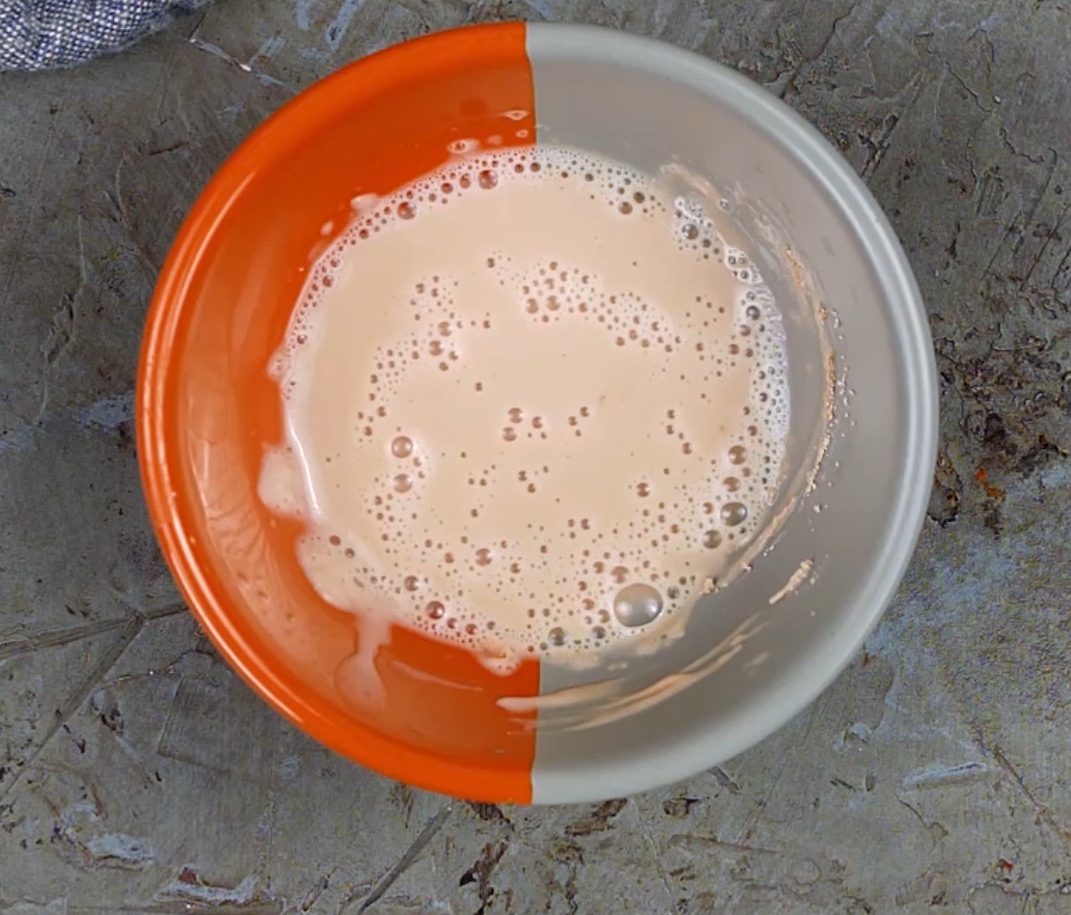;Resize,width=712;)
Whisk yeast with warm water until smooth. Set aside until foamy.
Whisk yeast with warm water until smooth. Set aside until foamy.
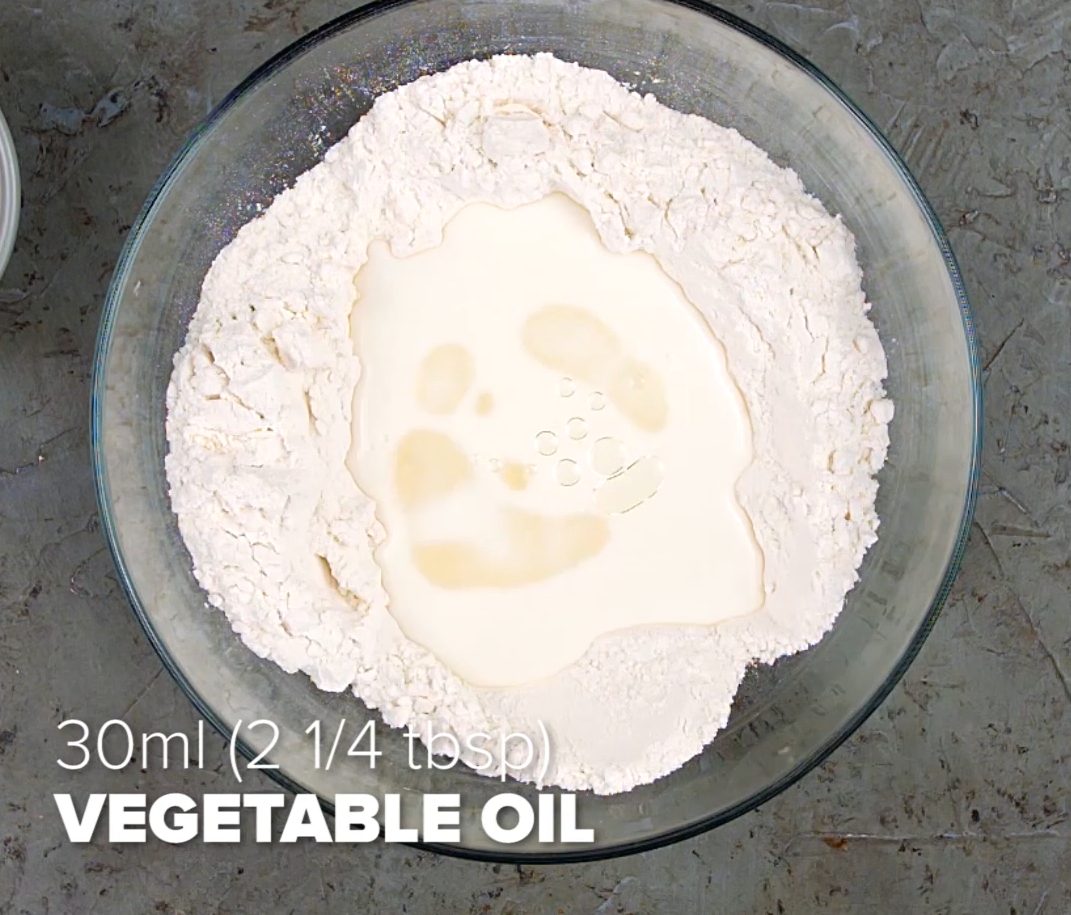;Resize,width=712;)
Combine flour, sugar, yeast solution, milk and vegetable oil together.
Combine flour, sugar, yeast solution, milk and vegetable oil together.
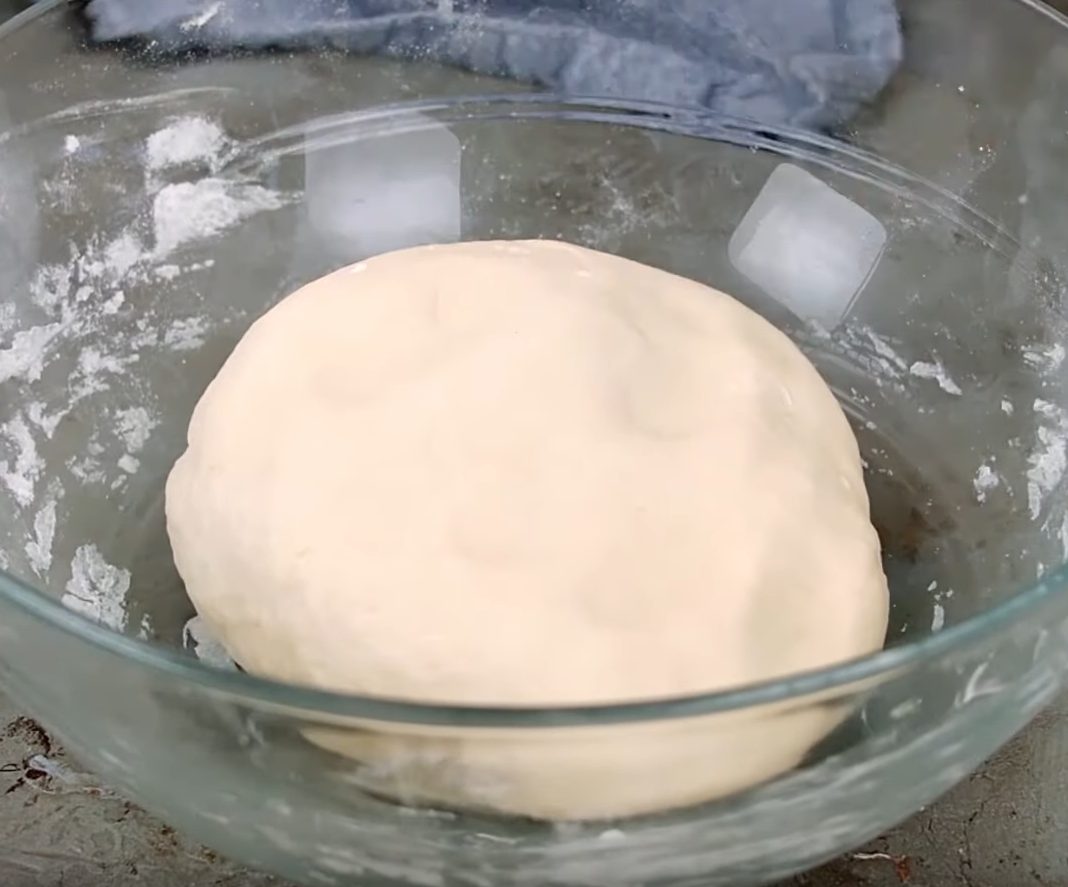;Resize,width=712;)
Knead the dough for 10 minutes, cover, and set aside for 5 minutes.
Knead the dough for 10 minutes, cover, and set aside for 5 minutes.
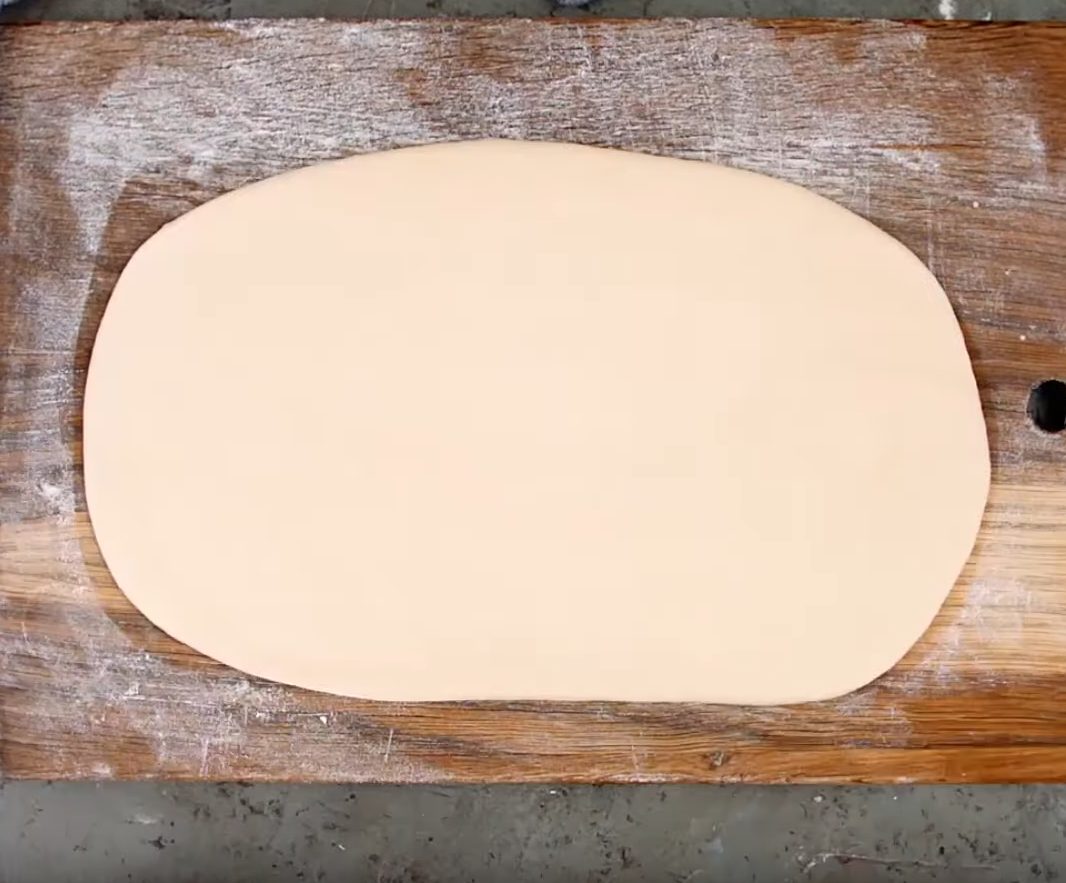;Resize,width=712;)
Roll out the dough into a rectangle.
Roll out the dough into a rectangle.
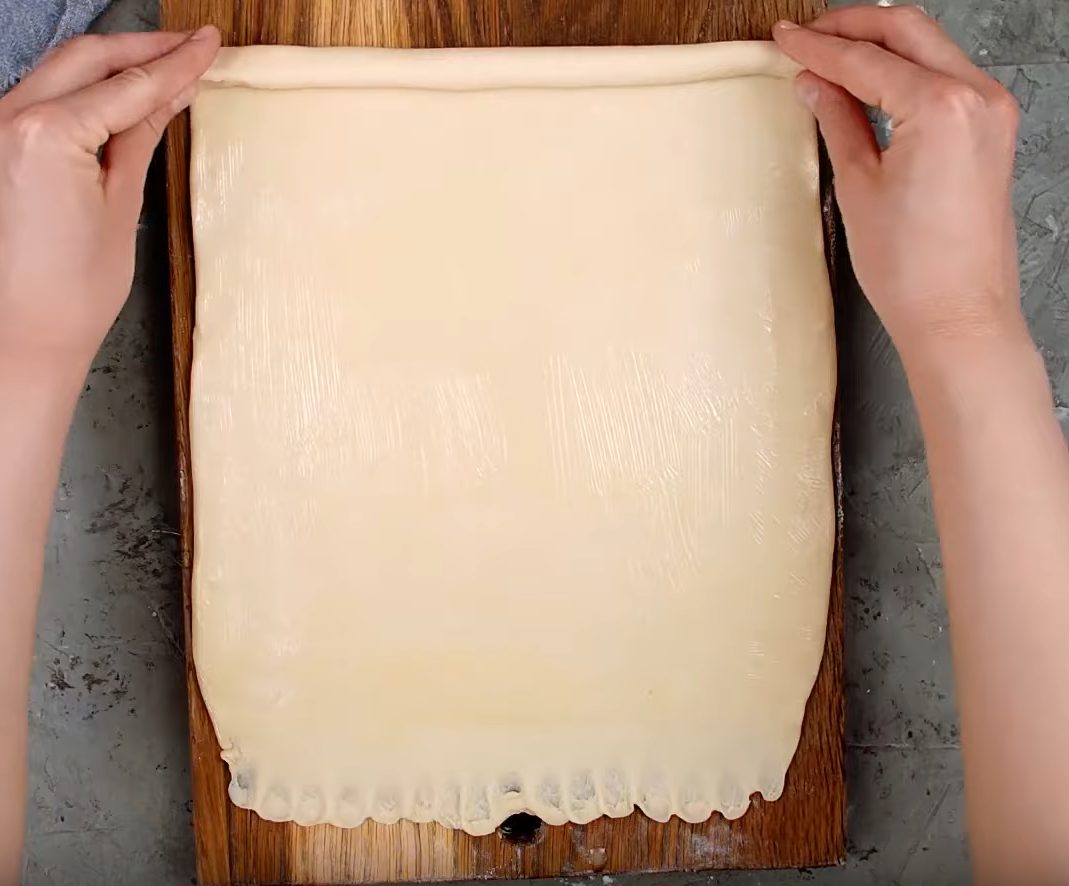;Resize,width=712;)
Brush with melted butter and roll tightly from the shorter side.
Brush with melted butter and roll tightly from the shorter side.
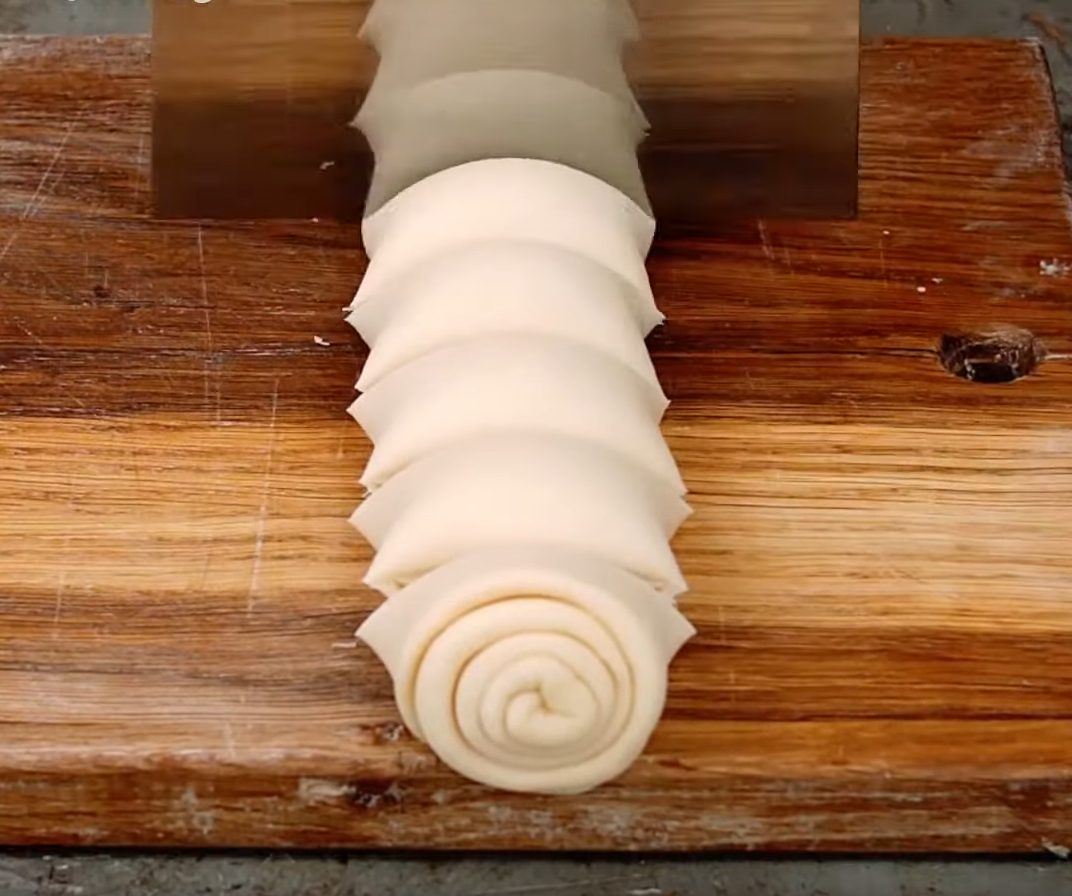;Resize,width=712;)
Cut the roll into 7 equal pieces.
Cut the roll into 7 equal pieces.
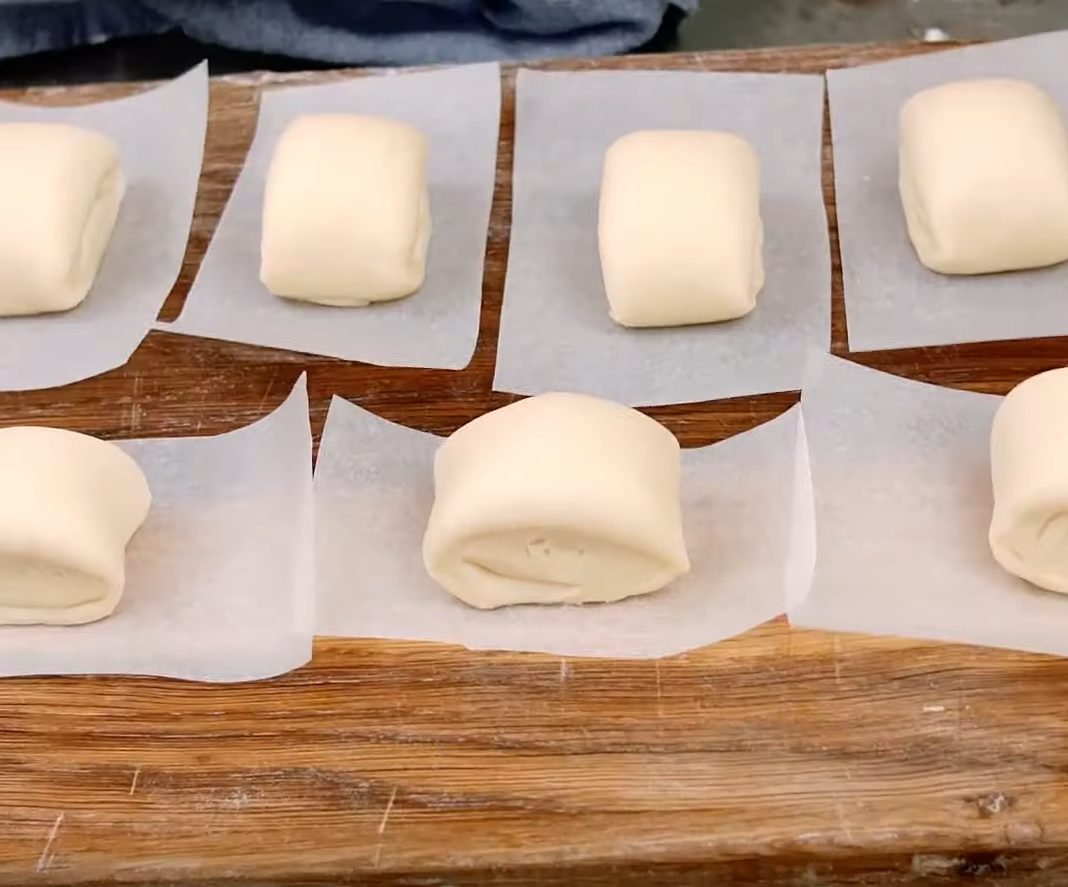;Resize,width=712;)
Set aside for 1 hour, placing each piece on a small square of parchment paper.
Set aside for 1 hour, placing each piece on a small square of parchment paper.
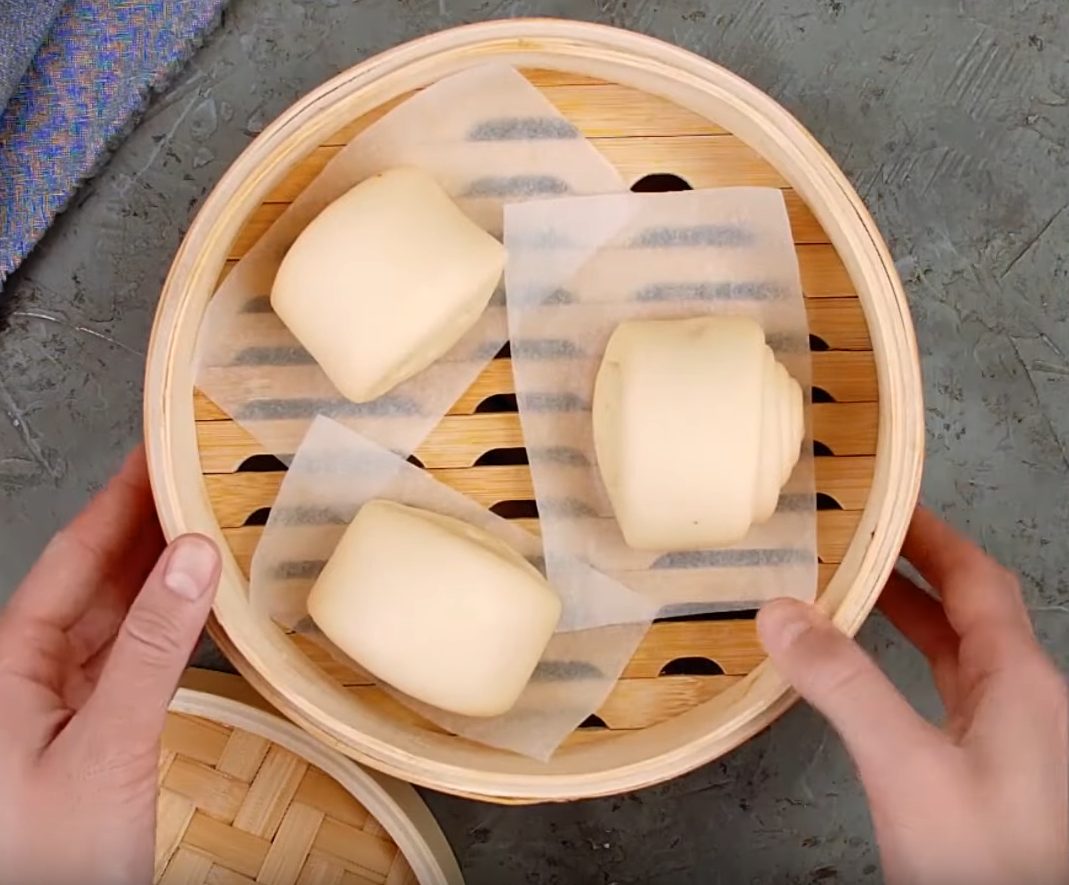;Resize,width=712;)
Steam the buns for 10 minutes in a steamer basket over the pot of boiling water.
Steam the buns for 10 minutes in a steamer basket over the pot of boiling water.
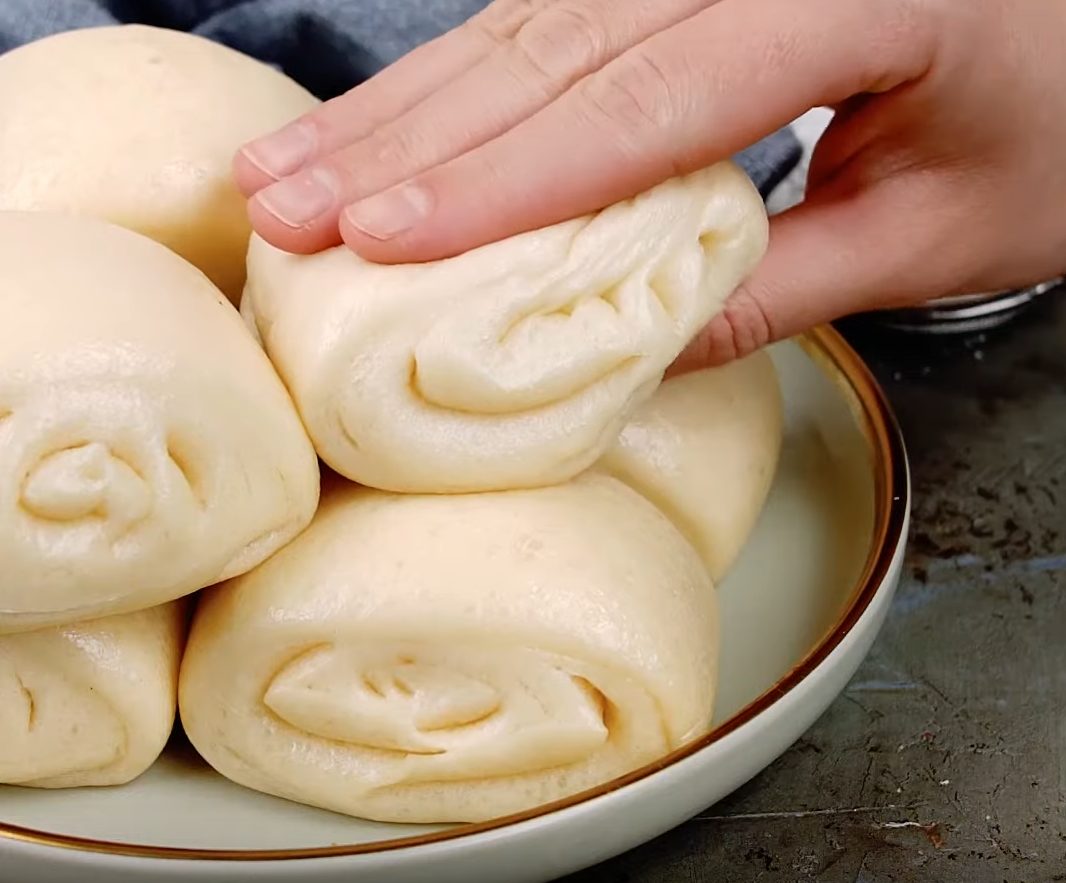;Resize,width=712;)
Once ready, transfer the Mantou on a dish.
Once ready, transfer the Mantou on a dish.
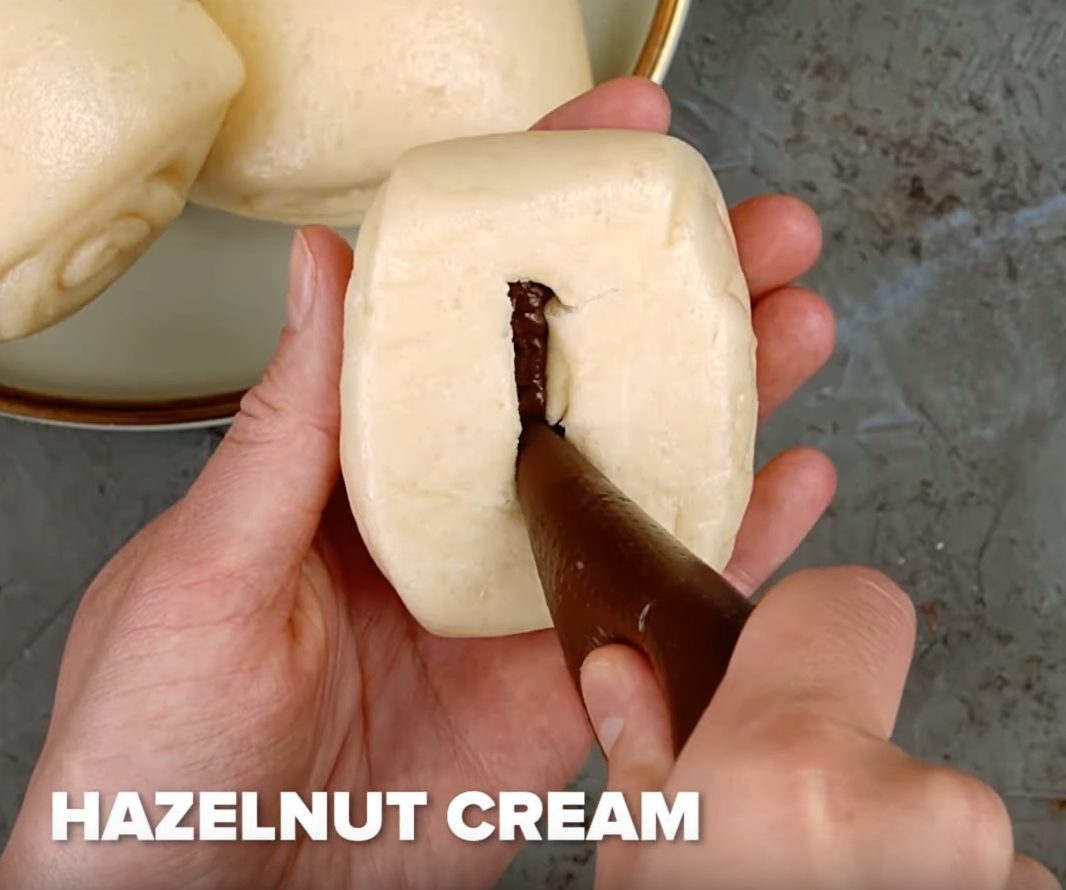;Resize,width=712;)
If you want to make a sweet version, fill the mantou with hazelnut cream.
If you want to make a sweet version, fill the mantou with hazelnut cream.
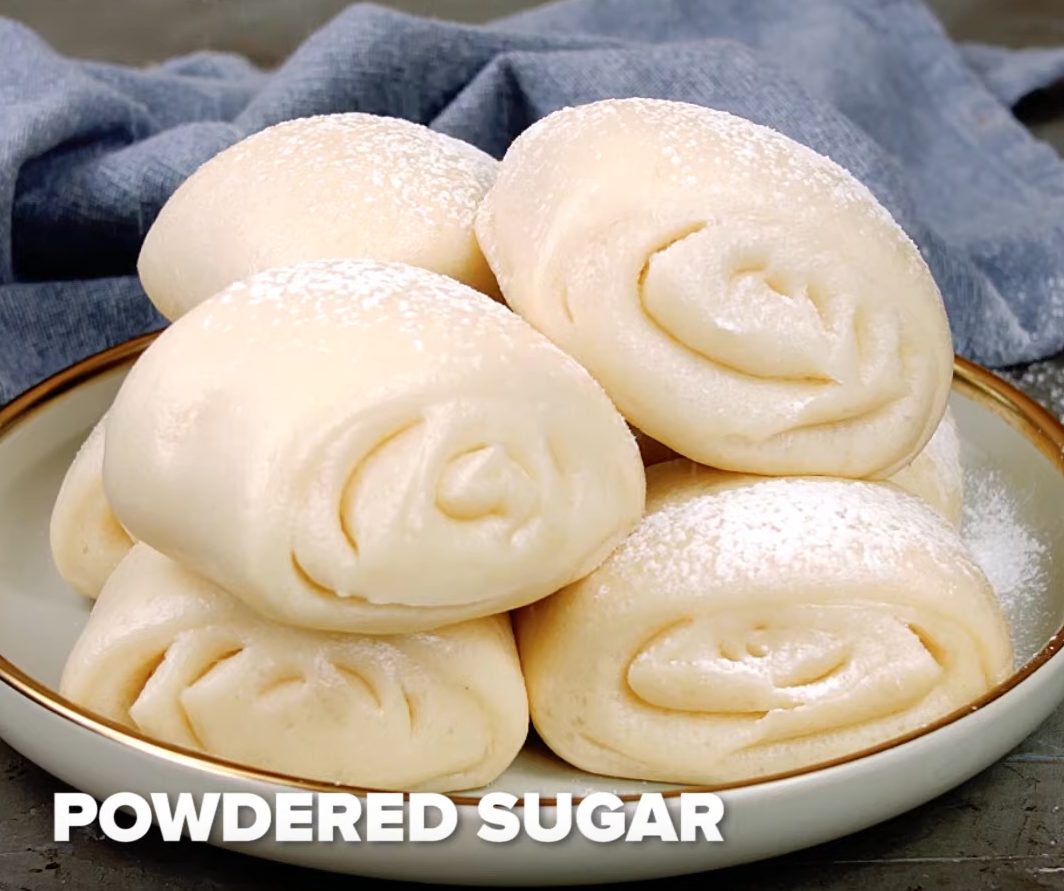;Resize,width=712;)
Dust with powdered sugar before serving.
Dust with powdered sugar before serving.
Notes
If you live in a warm area, let the buns rest for only 30 minutes to prevent over-proofing.
;Resize,width=767;)

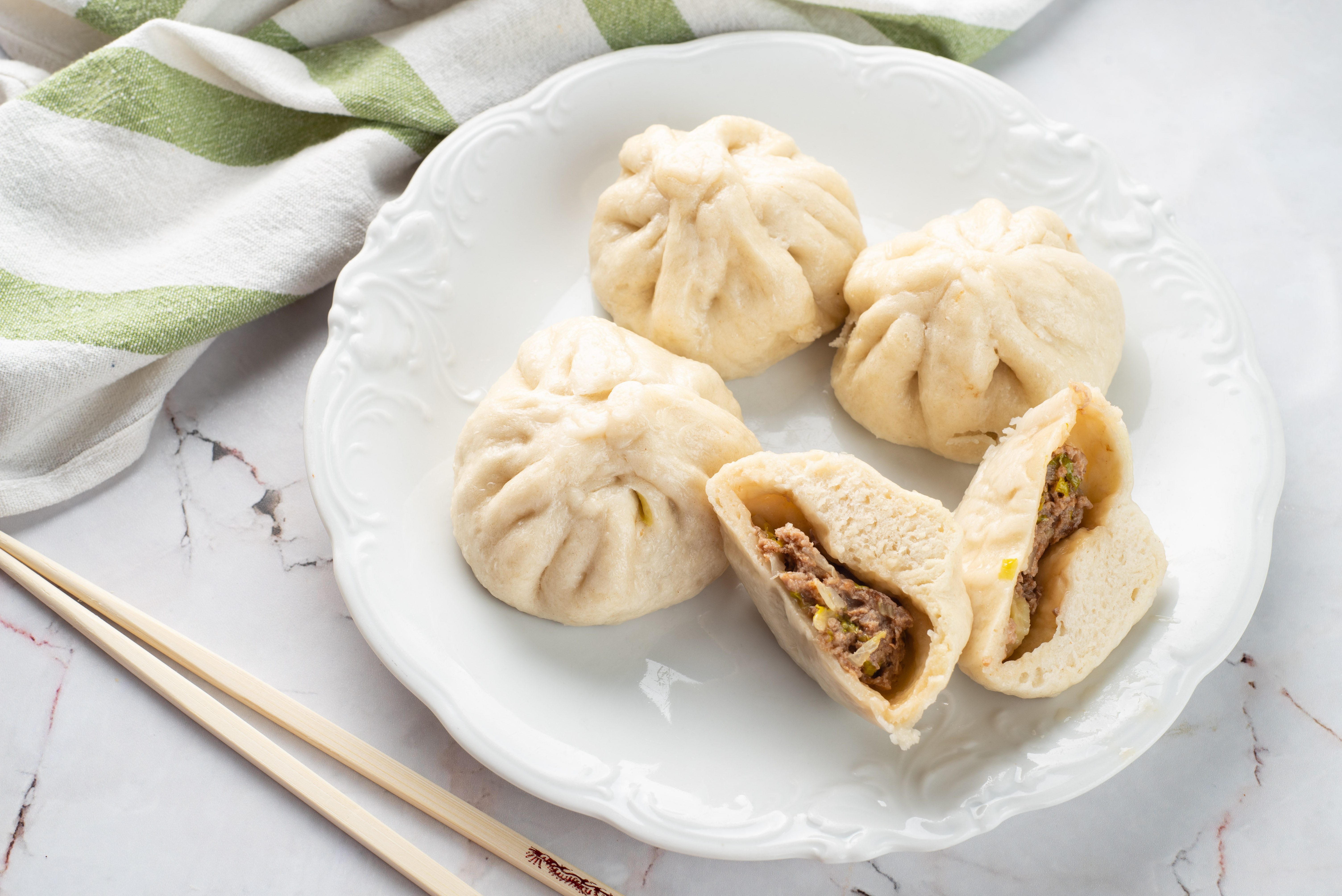;Resize,width=712;)
;Resize,width=712;)
